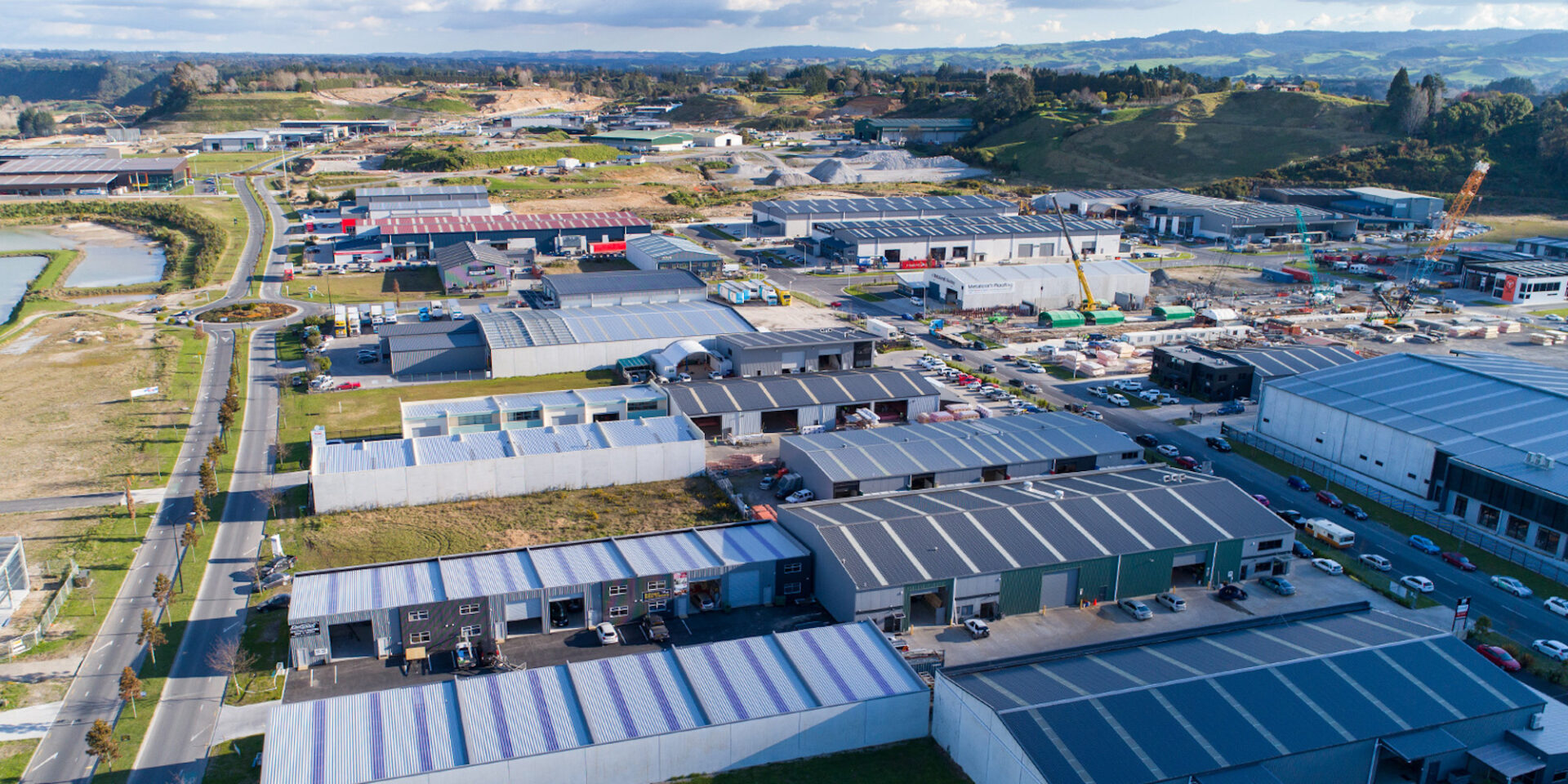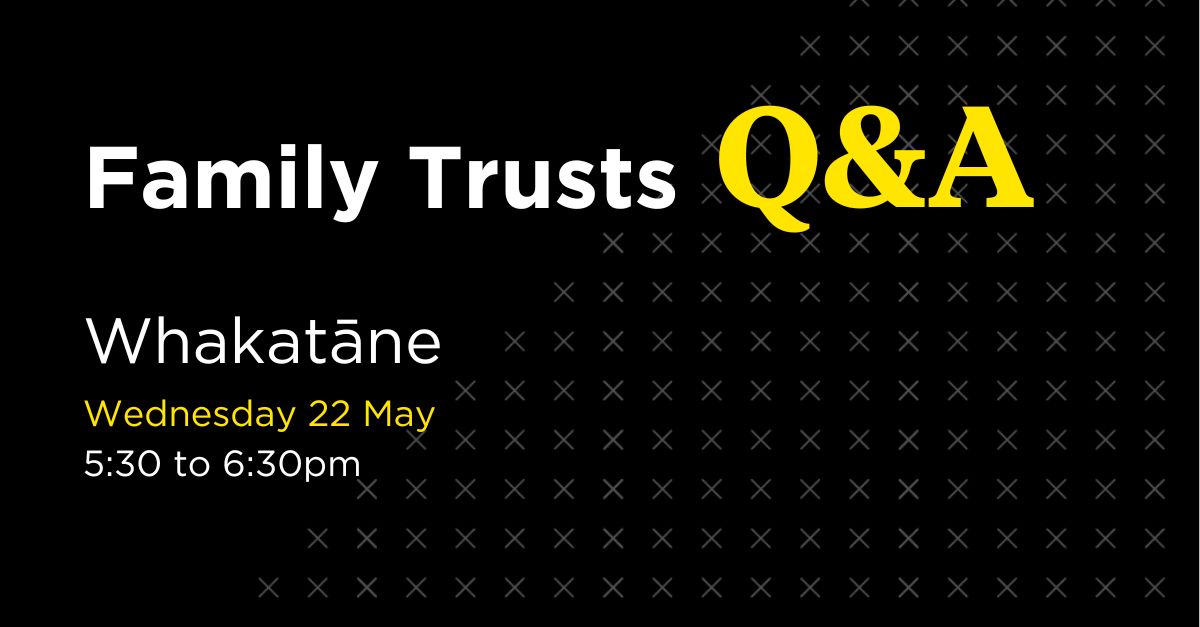INTRODUCTION
Leases are important — they are long-term, binding commitments. They may well be the largest investment that a tenant will make in its business. A well drafted lease can make the difference between a business succeeding or failing. For a landlord, a lease represents and protects a major asset and income stream. Although to a large extent leasing has now been standardised, each landlord and tenant is different and very few commercial leasing situations will neatly fit the standard forms currently available on the market. There is also a tendency to sign up to a standard form, without necessarily realising the effect of certain provisions in that form. While the standard form leases available provide an excellent base, it is important to carefully consider your circumstances (and the relevant premises) and adjust the lease accordingly.
STANDARD LEASE FORMS
The most common form of lease adopted by commercial landlords in New Zealand is the Auckland District Law Society (ADLS) Deed of Lease. The Property Council of New Zealand (formerly BOMA) also publishes a lease form, divided according to the category of the premises (office, retail or industrial). Generally it is considered:
- The ADLS form is the most reasonable as between landlord and tenant, but that
- The Property Council forms are more comprehensive, and the different office, retail, and industrial forms mean that they are tailored for the different types of commercial property.
CRITICAL TERMS FOR ALL LEASES
There are certain provisions where the ‘default’ should never be taken as standard, but should be carefully considered depending on the relevant circumstances of landlord and tenant. These include:
- the lease term, when it begins and rights of renewal;
- the rent and how it is calculated, the frequency of rent reviews, and their process, and the calculation of rent reviews;
- who will maintain and repair the premises, and who will bear the cost of this and other outgoings;the condition of the building at the start of the lease, and what obligations the tenant has to return it to this condition at the end;
- what, if any, security is given under the lease;
- what fitout modifications will be made to the space, who will pay for them, and who will own them after the lease ends; and
- what naming and signage rights are granted to the tenant.
The above ought to be considered no matter what type of property is being leased.
SUMMARY
Our standard leasing forms provide helpful starting points only. They require careful attention. If a lease is poorly drafted or thought out, the errors will become “the gift that keeps on giving”.



